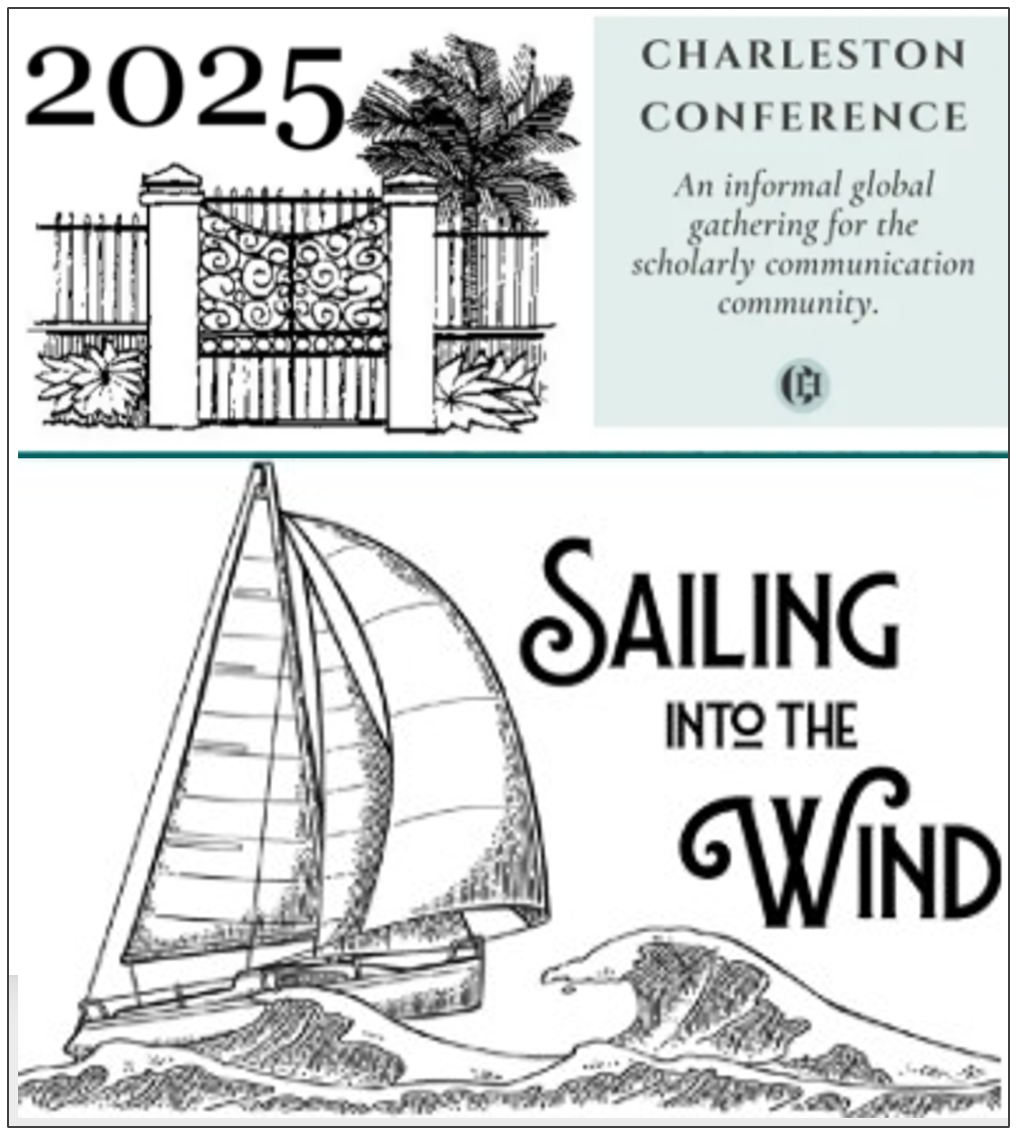New Year – New Technology: What Problem Are You Trying to Solve?

Emerging technologies are reshaping how we create, distribute, and consume content. Publishers face the critical task of making smart technology investments to stay competitive and enable strategic objectives. How do you ensure that your next tech purchase aligns with your organization's needs and goals?
Enter the needs assessment process – your roadmap to making informed, strategic technology decisions. From defining clear objectives to creating a comprehensive RFP, these best practices will help you navigate the decision-making process with confidence and ensure that your investments deliver value for your organization and your customers.
Technology is not a solution; it is a tool. The temptation to adopt technology without a clear definition of what you are trying to achieve is an all too common (and usually very costly) mistake. Does your strategy include delivering a more personalized experience for your users? A customer data platform may be the right technology. Interested in using AI to build research integrity into your editorial process? Perhaps it’s time to revisit the capabilities of your editorial management system. Looking to support education and learning for students, faculty, and professional learners? Maybe it is time to evaluate formal learning management systems.
Once you are confident about what you are seeking to achieve, the real work begins. Here are the key components that will help lay the foundation for a successful process from inception to deployment:
- Analyze Current State: Audit existing systems and processes to understand current capabilities and limitations.
- Conduct a Gap Analysis: Identify gaps between current capabilities and desired future state.
- Collect and Analyze Data: Gather qualitative and quantitative data from staff, users, customers, industry benchmarks, and about existing systems.
- Consider Resources and Constraints: Assess available resources, including budget, skills, and time.
- Research Solutions: Investigate potential technologies and/or types of solutions that could address identified gaps.
- Prioritize Needs: Work with stakeholders to prioritize needs based on impact and feasibility.
- Create RFP: After identifying prioritized needs and potential solutions, develop an RFP that clearly outlines project objectives, specific requirements, evaluation criteria, budget, and timelines.
- Distribute the RFP: Identify vendors with fit for purpose solutions and capabilities and distribute.
- Evaluate Proposals: Review vendor responses against established criteria and prioritize them based on how well they meet your needs.
- Plan for Adoption and Training: Consider the change management aspects of introducing new technology and processes. Be sure to develop a plan for user adoption, training, and ongoing support in your new systems.
Technology as a Strategic Ally
A methodical needs assessment is not just a procurement exercise – it is a strategic opportunity to reimagine how technology can transform your organization. The most successful technology investments are those that solve real problems, align with organizational goals, and empower your team to work more efficiently and creatively.
Don’t fall into the trap of just moving what you are currently doing over to a new system. This is an ideal occasion to think about how you would design workflows and processes if you were to start from scratch and use that framework to evaluate the new capabilities available. You don’t want to duplicate what you are doing today; you want to step back and take the opportunity to build something better whenever possible.
Customer Data Platform? Editorial Management System? Learning Management System? Something Else?
Delta Think partners with publishers to do the foundational and implementation work required to ensure that technology decisions match the organization’s capabilities, fit the budget, and are grounded in voice-of-customer data. Our processes, including stakeholder interviews, surveys, and workshops, combined with expert landscape research, analysis, and assessments, underpin technology decision-making that is market-focused and customer-driven. If your 2025 objectives depend on or are enabled by technology, we’d welcome the opportunity to help you learn, plan, achieve. Please contact us today to start the conversation.







News & Views: Will cuts to National Science Foundation funding affect scholarly publishing activity?






